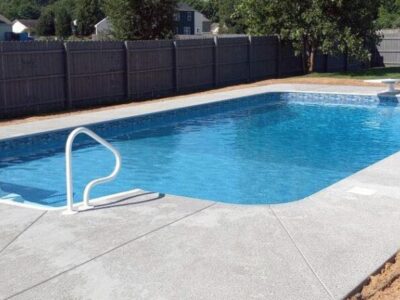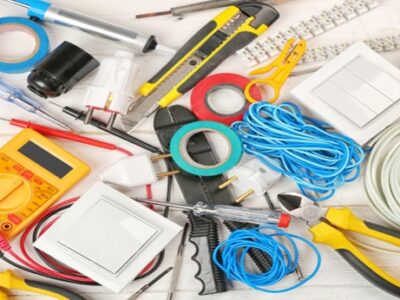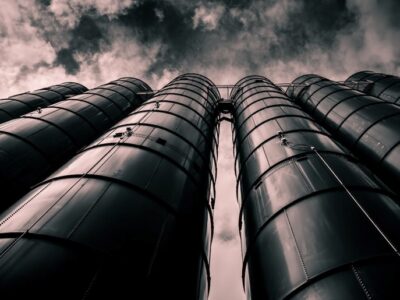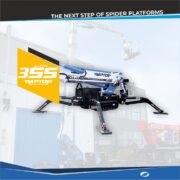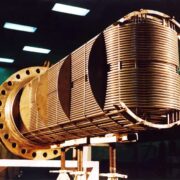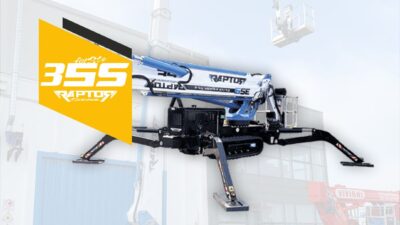
When you’re in the market for a heat exchanger system, it can be overwhelming sifting through the options. Should you go for the latest tubeless heat exchanger model with cutting-edge features, or is a traditional system more reliable?
For industrial engineers, HVAC professionals, and facility managers, it’s critical to find a system that not only meets the immediate thermal processing needs but also stands the test of time.
Here’s a comprehensive list of key factors to guide your search for a quality heat exchanger system.
1. Energy Efficiency
Energy efficiency isn’t just a buzzword — it’s a significant cost and resource saver. High-performance heat exchangers can substantially reduce operating costs, particularly in facilities with high energy needs.
Factors Affecting Efficiency
- Heat Exchanger Design: A well-designed system with streamlined pathways can prevent unnecessary heat loss, making them more efficient.
- Operational Parameters: Understanding how to optimise flow rates and temperature differentials is essential for peak efficiency.
- Insulation: The quality of insulation can impact how well a heat exchanger retains the transferred heat.
2. Durability Is a Long-Term Investment
Your heat exchanger is an investment, and as with any substantial purchase, durability matters. Poor quality materials can lead to frequent breakdowns and replacement costs, making the initial investment pale in comparison to ongoing repairs.
- Material Quality: Stainless steel and other high-grade metals are preferred for their resistance to high temperatures and corrosive environments.
- Corrosion Resistance: Consider systems with built-in features to mitigate the effects of corrosion, which can include protective coatings or using materials inherently resistant to rust.
3. Size and Capacity Should Be Just Right
Selecting the right size and capacity is critical to the effective operation of your heat exchanger. Too small, and it won’t handle the load; too large, and you’ll be dealing with an excess of wasted space and energy.
- Adequate Sizing for the Application: Consult with professionals to ensure that the heat exchanger is appropriately sized to manage fluctuations in heat load.
- Scalability Options: The ability to expand or contract the system in line with changing needs can add significant lifespan and flexibility to your investment.
4. Maintenance Should Be Manageable
Maintenance is the engine of longevity for a heat exchanger. The easier it is to clean and access repairs, the less downtime your system will experience, contributing to better overall efficiency.
- Ease of Cleaning: Accessible plate bundles or tubular components simplify cleaning processes, which can involve high-pressure washing or chemical treatments.
- Service and Repair Accessibility: Features such as removable heat exchanger parts and clearly labelled components can significantly decrease service times and thereby reduce costs.
5. Cost-Effectiveness Beyond the Price Tag
Selecting a heat exchanger system based solely on its initial cost is a common mistake. Instead, you should consider the long-term operational costs, which can reveal the true cost-effectiveness of a system.
- Initial Investment: While the upfront cost is important, it should be weighed against the system’s lifespan and operational efficiency.
- Long-Term Operational Costs: Factor in energy consumption, maintenance, and potential downtime costs over the expected service life of the system.
6. Compatibility and Integration Are Crucial
Even the most advanced heat exchanger won’t perform optimally if it isn’t compatible with existing equipment or is integrated incorrectly. Seamless operation with other components is key to an effective thermal management solution.
- Fit with Existing Systems: Ensure that any new heat exchanger will work harmoniously with your current infrastructure, minimising the need for additional equipment and modifications.
- Interface with Control Systems: Modern control and monitoring systems must interface effectively with your heat exchanger for proper management and adjustment of thermal output.
7. Warranty and Support Can’t Be Overlooked
The security of a comprehensive warranty and robust support services can provide invaluable peace of mind, particularly when you’re dealing with a component as vital as a heat exchanger.
- Manufacturer Reputation: Credible manufacturers with a history of producing reliable systems are more likely to honour their warranties and support their products.
- Warranty Coverage and Support Services: Investigate the terms of the warranty, the availability of spares, and the quality of the support services offered by the manufacturer.
8. Environmental Impact Is an Ethical Imperative
Sustainability should be at the forefront of all engineering decisions. Heat exchanger systems that have a lower environmental footprint not only help the planet but also often boast superior long-term efficiencies.
- Energy Efficiency Ratings: Stamped with certifications and energy-efficiency labels, these systems can offer comprehensive data on how they contribute to conserving energy and lowering emissions.
- Eco-friendly Materials and Design: Look for components made from recyclable or reusable materials and systems that have been designed to minimize environmental impact throughout their life cycle.
9. Safety Features Keep Operations Smooth and Secure
A quality heat exchanger should integrate various safety components to protect against overheating, leaks, and operational malfunctions that could lead to unsafe conditions.
- Overheat Protection: Features such as temperature controls and emergency shutdown systems can keep the exchanger and surrounding structure safe.
- Leak Detection Systems: Early warning systems will prevent unwanted spills and contamination, protecting the integrity of your heat exchanger.
Conclusion
Choosing a quality tubeless heat exchanger requires careful consideration of several key factors. Evaluating energy efficiency, material quality, heat transfer efficiency, size and capacity, maintenance and serviceability, among others, can make an informed decision that will meet your immediate needs while providing long-term benefits for your operations.


